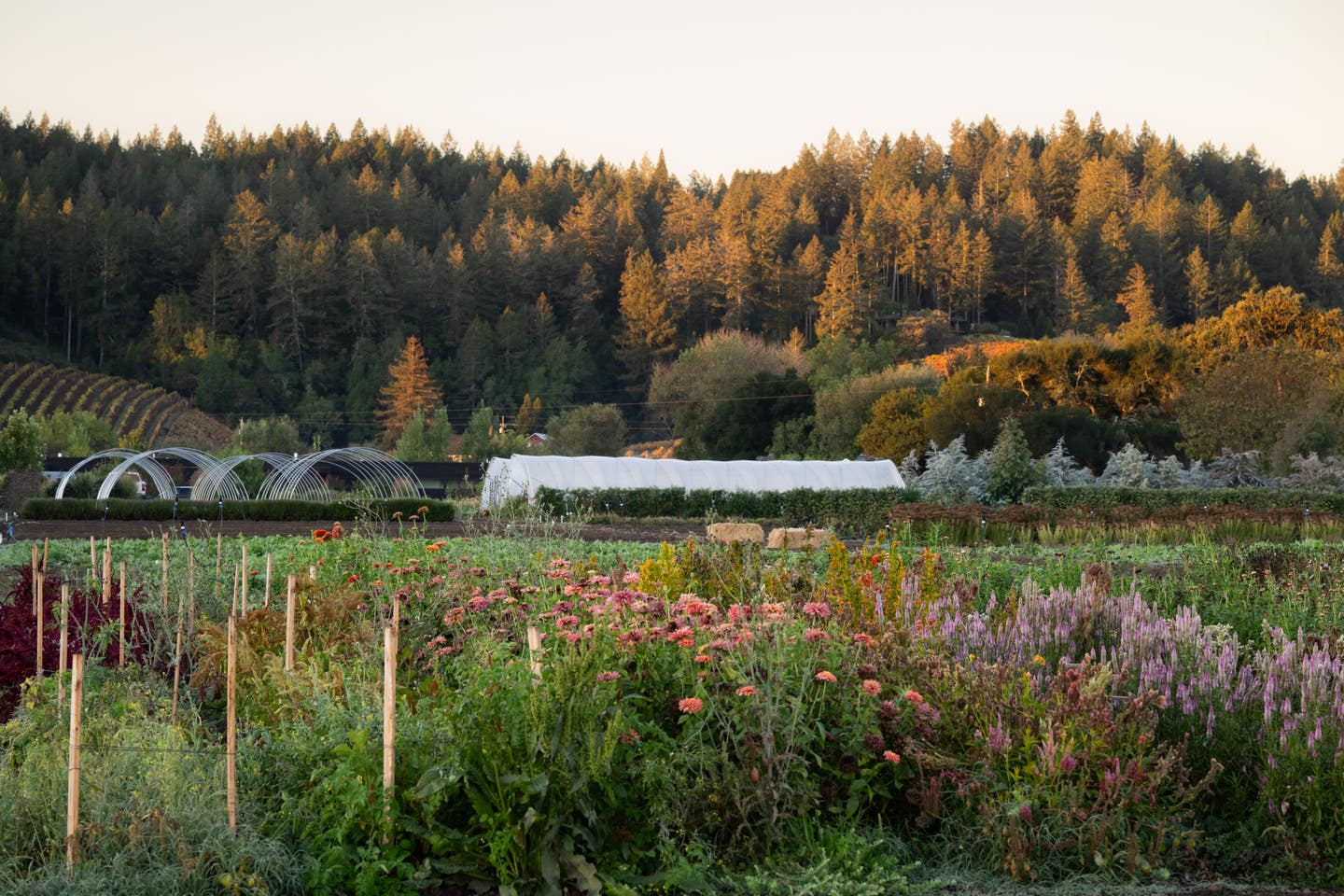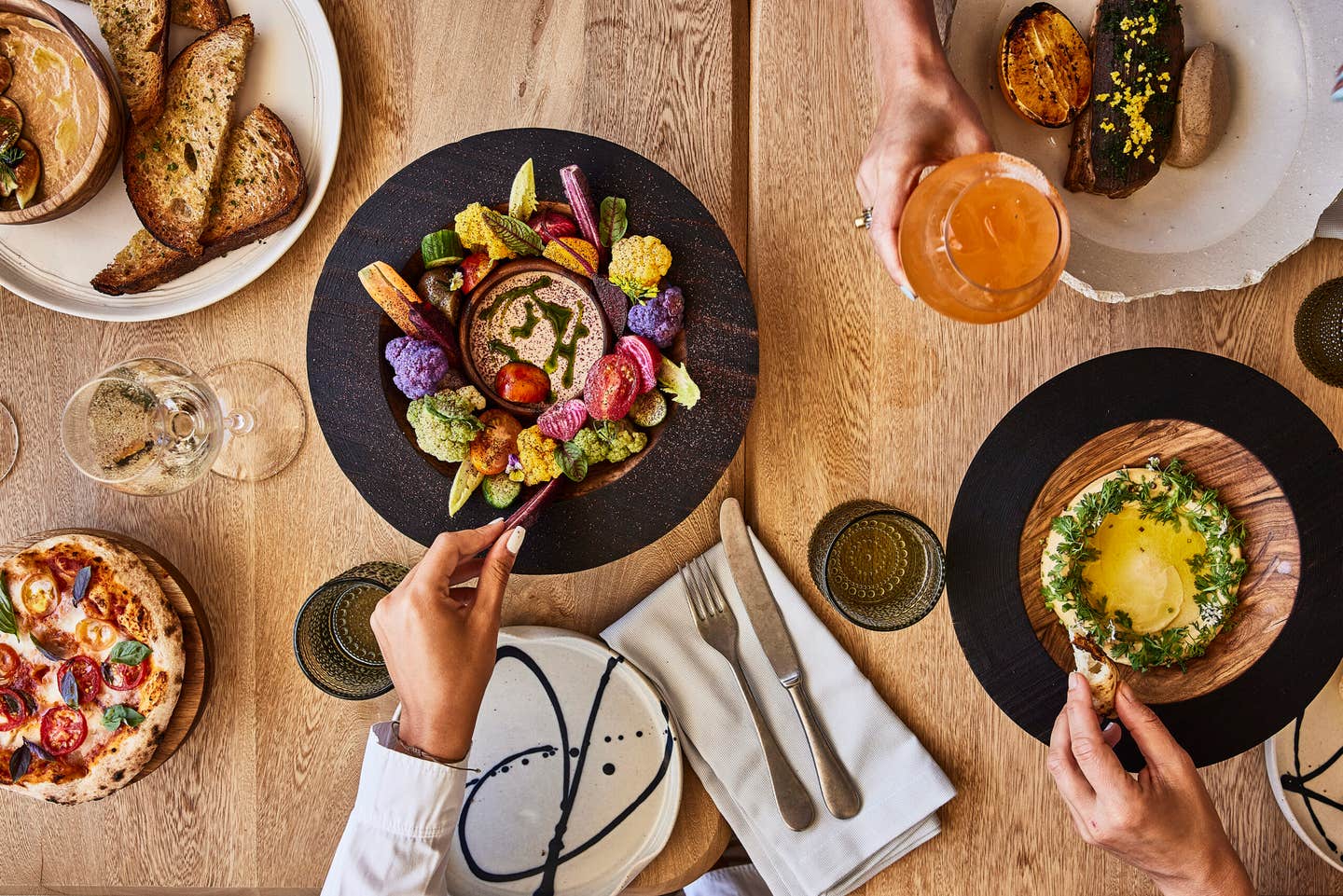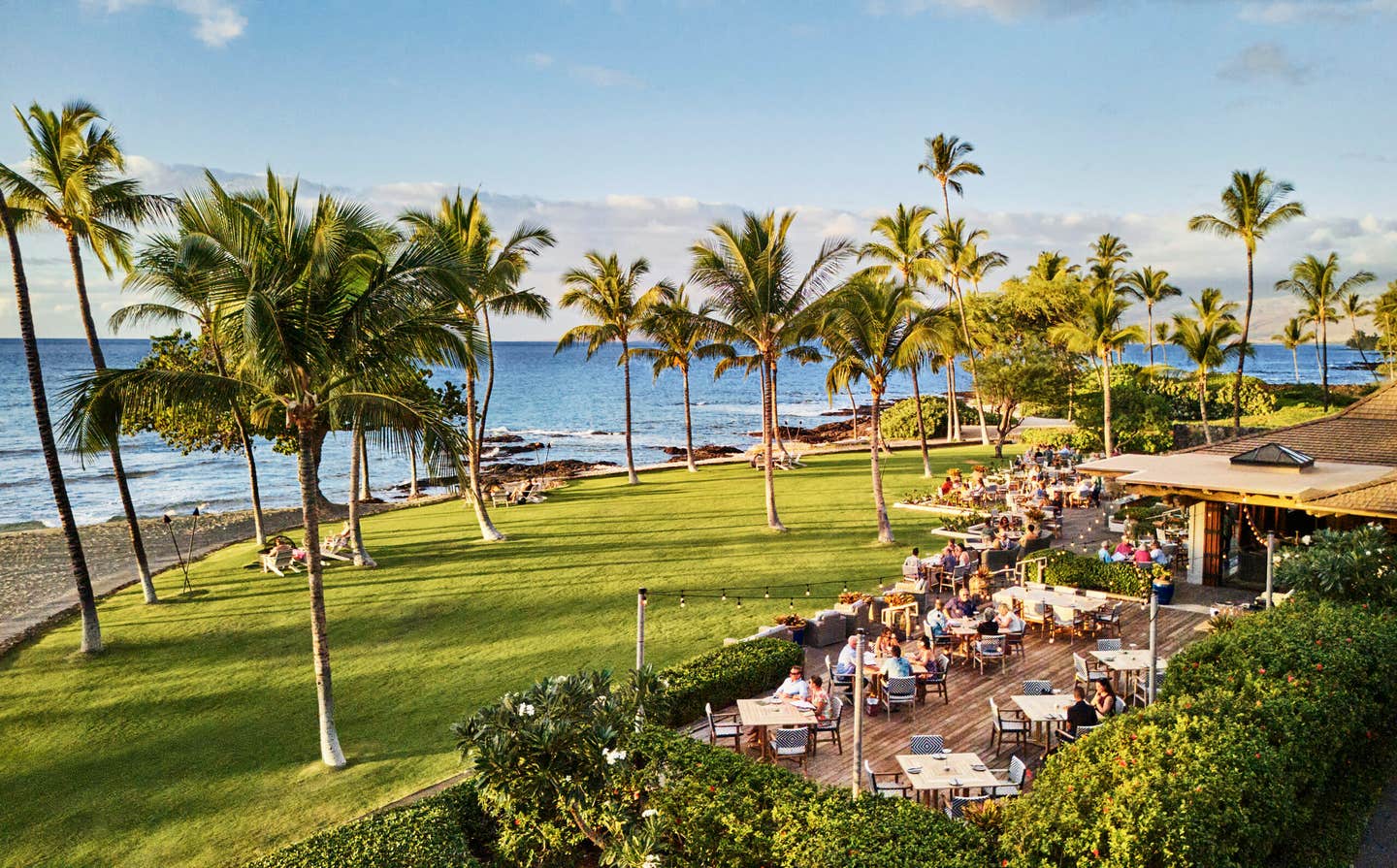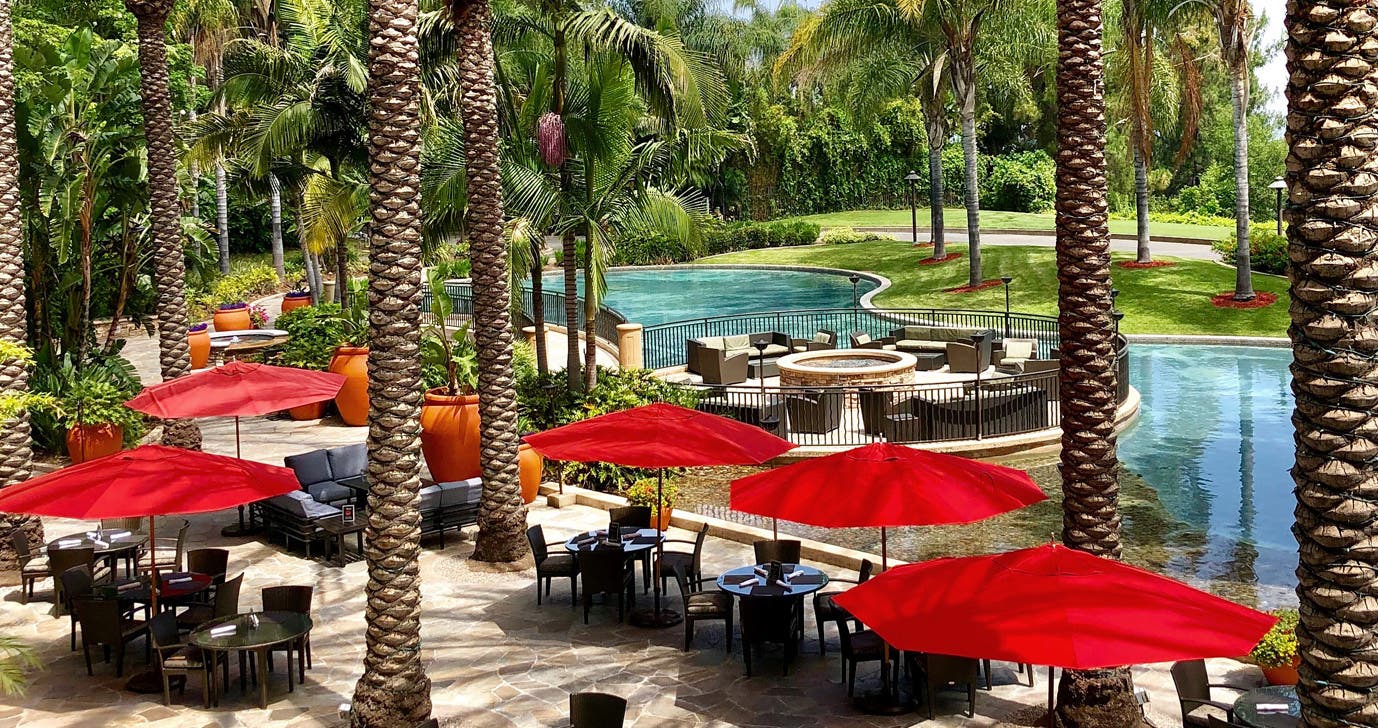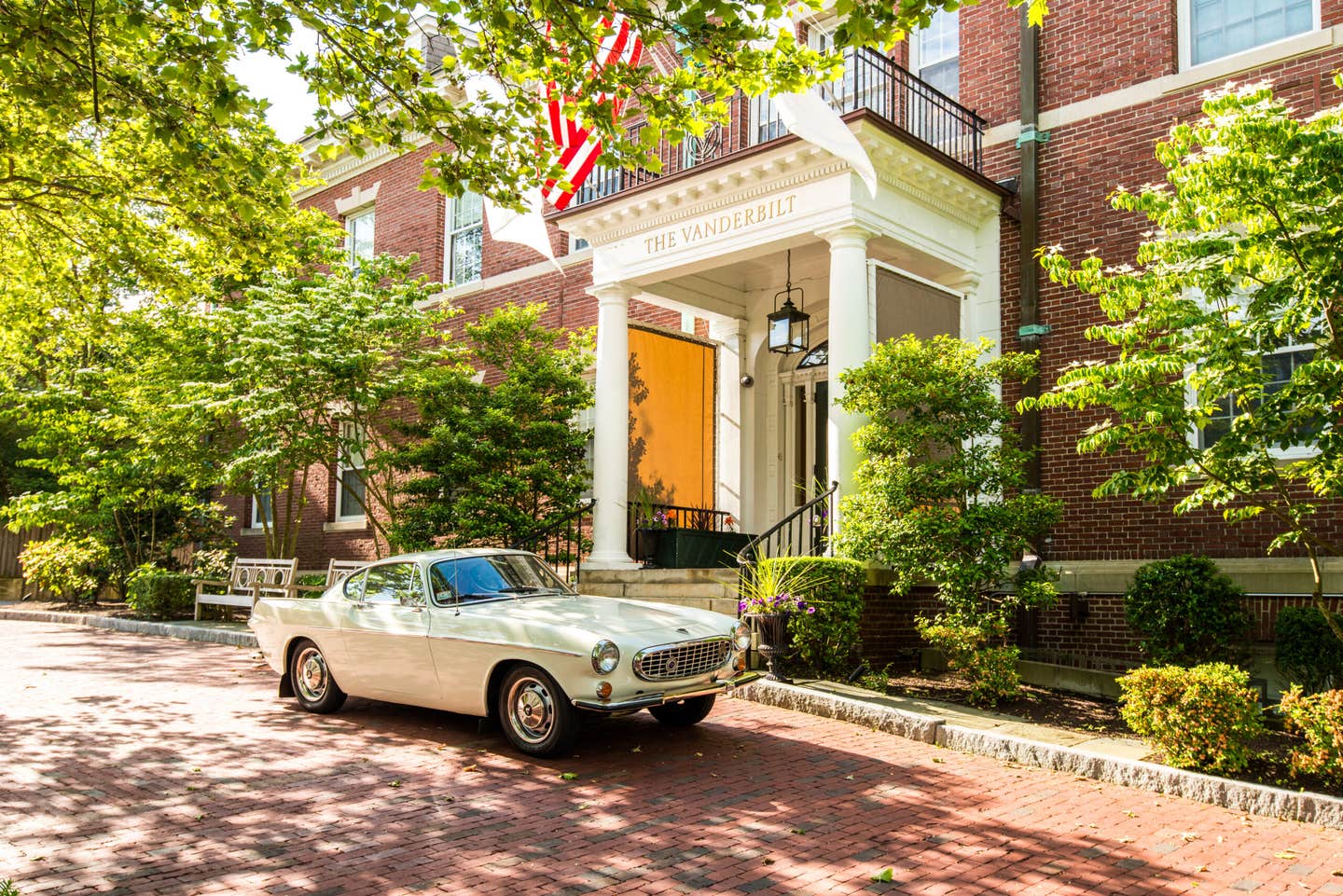Time Travel in the Yucatán
My first afternoon at Chablé Yucatán, I’m invited to Ix’iim, its restaurant, to learn how to make mole the real way.
Maya-Obsessed at the Chablé Resorts
My first afternoon at Chablé Yucatán, I'm invited to Ix'iim, its restaurant, to learn how to make mole the real way. The entire kitchen counter is covered with small bowls of ingredients, from piloncillo, the Mexican brown sugar cones, two different kinds of chiles, ancho and habanero, almonds, cashews, giant Yucatán oregano, sesame seeds with cinnamon and thyme, avocado leaves, bittersweet chocolate (the word 'chocolate' comes from the Mayan chocolhaa, or bitter water), tomatoes, onions, tortillas and—animal crackers. Over the next hour, we chop, char and toast before everything goes into the pot to cook down. The kitchen fills with the scent of chocolate, onions, chiles, and the rest of the brew—a complex sensory overload that makes me think of comfort and home.
Chef Luis Ronzón is from Mexico City -- he staged at Noma with Jorge Vallejo, and then went on to create Quintonil with Vallejo back in CDMX (Vallejo himself is now the Culinary Director for all the Chablé Resorts). Ronzón's team is mostly female and hails from all over Mexico and beyond. Maria, from Buenos Aires, shows me how to make tortillas out of both yellow and purple corn. Mine are ragged at first, my hands sticky and slow. The mole won’t be ready until two or three days from now, so she puts out bowls of short ribs – smoky and rich –and my tattered tortillas for lunch. I eat them under the branches of an impossibly large and spreading tree, looking towards the old Spanish hacienda buildings, vibrant in saffron and cinnabar.
Chablé Yucatán is like no place I’ve ever been. The whole place is a vast 750 acre estate that once made sisal or 'green gold,' a huge export for this region (the Mayan name is henequen, but sisal caught on because each shipment came from Sisal, the biggest nearby port on the coast) Still peppered through the property are stands of sisal plants, and many of the buildings are repurposed from the working plantation itself. The sisal are part of the agave family, and were used to make the fiber used in ropes and rugs in the early 19th century by the Spanish hacienda owners, a booming industry that made the Yucatán one of the richest states in Mexico at the time. After the Spanish left, abandoning the sisal industry with the discovery of synthetic rope, the property languished at first, then reverted to Mexican ownership.
Picture walking through an old and weathered red gate and stepping onto a vast lawn. Birds swoop in colorful arcs, trailing bright tail feathers and filling the air with their song. Cilantro and oregano yucateco crowd the canches, or traditional garden beds on wooden stilts, as well as tomatoes, lettuces and gourds. Mayan stone faces peer from the crux of trees. Stingless melipona beehives stack up in a hutch, their runny honey magic on wounds and insects bites. The spa, a cluster of white buildings, surrounds an ancient cenote, a flooded sink hole that can go hundreds of feet down into the earth. The green marble swimming pool reflects clouds and leaves. Ribbons flutter around tree trunks, mementos from past guests. You can feel the Maya energy here, as well as a strong colonial past.
The reception area of the hacienda is where the campesinos came to get their groceries, where the plantation owners kept a running tab, and the restaurant houses the machine room where the sisal leaves were once decorticated or crushed. The waterlily pond used to be the main well, and the tall-ceilinged chapel still has its original embroidered wall coverings and red altar. It's easy to picture all these doors and window flung open, music and people spilling out onto the grass, a life of lavish beauty under the wide branches of old trees.
Now a staff of 265 run the place, and every day I see clusters of gardeners cutting and trimming, weeding and making sure there’s not a stray leaf out of place. Deer roam free, dipping their horns as they walk from one lawn to another. Guests and staff both zip around the stone paths on cruiser bikes—a habit I get used to very fast.
For a place that's quiet and gracious, there's a surprising amount to do. You can swim in the cenote, or have a flotation massage in the green marble pool. You can visit the Melipona bee apiary—each hollowed out tree trunk had a tiny entrance with a ‘doorman’ bee guarding the hole. You can meditate to the thrumming sound of the birds and insects. You can ride your very cool bike all over the place. Or you can hang out in our villa with its own plunge pool. The ruins of Chichen Itza (one of the Seven Wonders of the World) are a couple hours away, and the colonial city of Merida, less than a half hour. The gracious old city has pockets of fantastic food and Coqui Coqui, a perfumery in an old mansion with a tiny courtyard for chocolate and tea.
Back at Iz'iim, Chef Ronzón, has a light and imaginative touch, constantly calling out to the Yucatán past that glows so brightly here, and also bringing in his Mexico City upbringing and experience abroad.
In this area of Yucatán, there are no traditional moles, he says, but recados, a spice mixture or garam masala brought by the Lebanese in the late 19th century.
"All traditional Yucatán food has recado. It's a mix of whatever spice comes to mind. It could be mainly black pepper, allspice and cinnamon, or clove, white pepper, green pepper, and cardamom... there's recado rojo -- with annatto seed, recado blanco, and recado negro, which is the most amazing thing, spices with chiles, but everything is charred."
I'm given a luscious tuna tostada with tiny cubes of cucumber, a small and concentrated cup of beef broth (birria), a rich venison risotto, and finish with Chef Luis’ riff on Kakigori, or Japanese shave ice, served in a mango half with a fantastic mango/lemongrass foam on top. A Tutti Frutti of surprises, it has melon and ginger, dehydrated pineapple, and candied guava, and is one of the most delicious desserts I've ever had.
After three blissful nights, I head 4 hours to the opposite coast in a comfortable SUV tricked out with a bottle of chilled wine and some candied nuts. On the Atlantic side of the peninsula, Chablé Maroma is the second property, recently joined by the remote Casa Chablé, twenty-miles south of Tulum in the Sian Ka'an Biosphere Reserve. Chablé will soon open two other hotels, one in Merida, and another by the Sea of Cortez.
Waking up the next morning, I experience that reveal you get when you arrive at a beautiful place at night. The beach is sugar white and curved like the moon of a fingernail. The water is warm, passing squalls rolling in rhythmically – my trip is in November, the tail end of the rainy season—and just as quickly clearing up.
Chablé Maroma is almost on top of the Mesoamerican reef, second largest in the world, so snorkeling and diving are both close to the beach. The otherworldly flora and fauna follows you back at your casita as well. Every morning, a coati shows up, looking like a raccoon, an anteater and a badger, all rolled into one. Its expressive hands lose no time opening up the breakfast basket and whisking away not one, but both sweet buns. As at Chablé Yucatán, the birds seem to be having a lot of fun, and Chablé Maroma's food is just as delicious, if slightly more traditional than the food at Chablé Yucatán.
Chef Luis (who also worked in Mexico City at Pujol) is eager to teach me the Mayan specialty, sikil pat or a kind of Mayan tahini, with pepitas, chiles and spices, perfect as a dip for tortillas with a passionfruit or 'red fruit' Margarita. That night he builds a sandy pit for the famous cochinita pibil, a suckling pig wrapped in banana leaves and placed in an 'earth oven' filled with embers to cook.
If Ix'iim is the Mayan word for corn, Bu'ul, the fine dining restaurant here, is the Mayan word for beans. After a nuanced and magical meal, it's easy to slip upstairs to the second floor and watch the tossing sea under a swath of stars.
